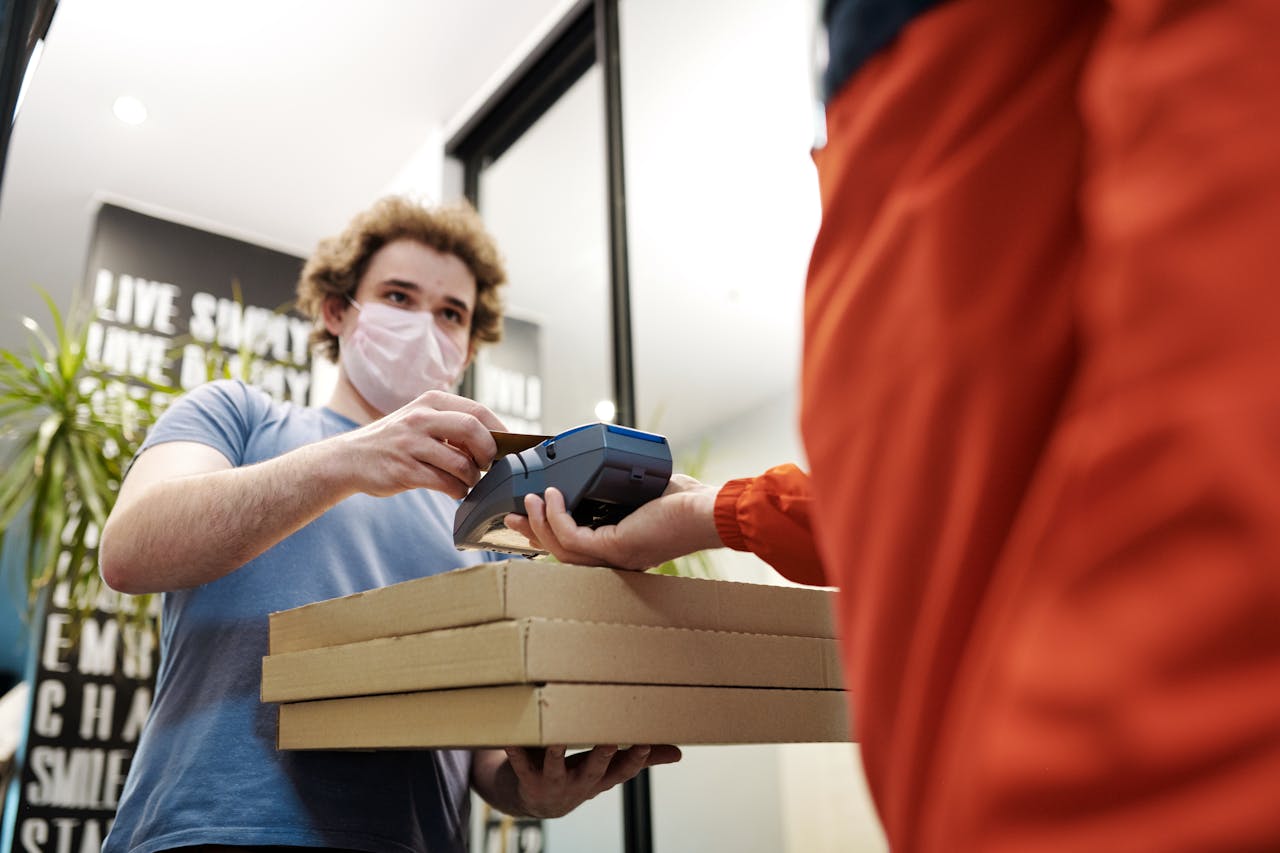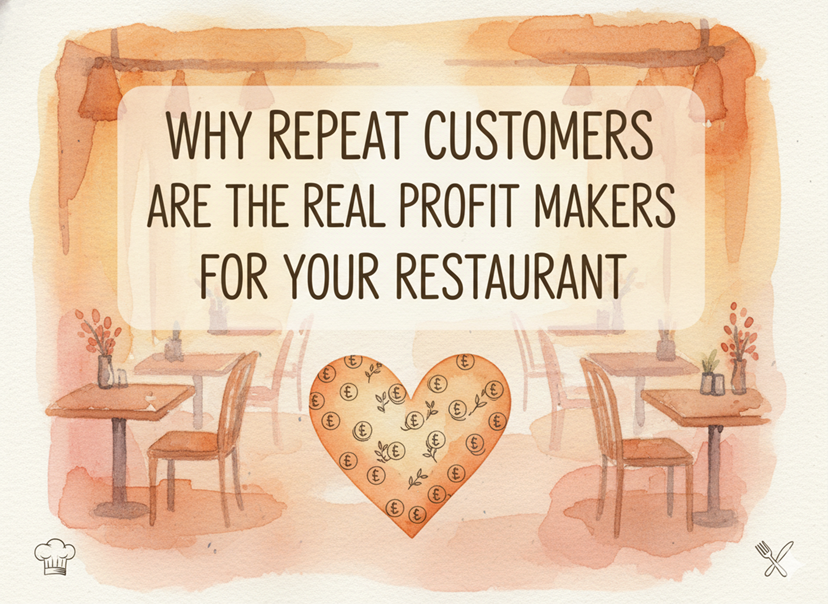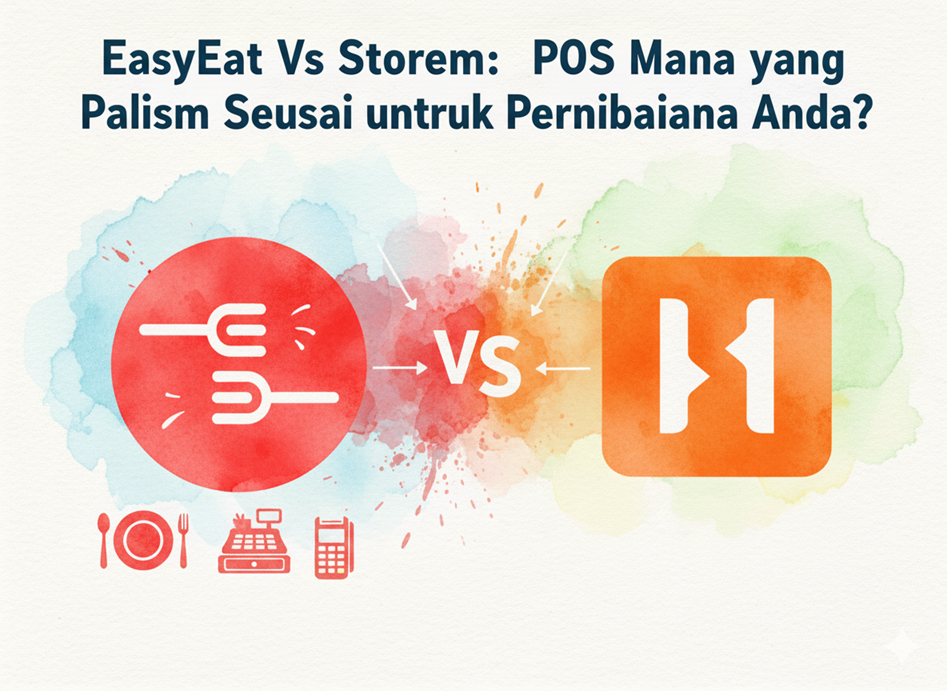As a restaurant owner, you’re always thinking about how to get more orders out the door. Food delivery is a big part of that. But the big question is: should you handle delivery yourself, or partner with a food delivery service? Both options have their pros and cons, and it’s essential to know which one fits your business best.
Let’s dive into the details and see what works for your restaurant.
Self-Delivery
Handling food delivery yourself gives you complete control. You can decide how your food gets delivered, who delivers it, and when. This can be a big advantage, especially when it comes to maintaining the quality of your food and ensuring fast delivery.
Here’s why self-delivery might be the right choice for you:
- Control Over Customer Experience: When you manage delivery, you control every aspect of the customer experience. From how the food is packaged to how it’s delivered, you ensure your standards are met every time. If something goes wrong, you can fix it quickly without having to deal with a third party.
- Lower Delivery Charges: By cutting out the middleman, you save on the fees charged by food delivery apps. This means you can either pocket the savings or pass them on to your customers in the form of lower delivery charges.
- Branding Opportunities: Your delivery vehicles and staff can serve as mobile advertisements. Having your brand on display helps reinforce your restaurant’s identity and keeps it top of mind for customers.
However, self-delivery also comes with challenges:
- Logistics and Costs: Managing a delivery team requires time and money. You’ll need to hire and train drivers, maintain vehicles, and manage delivery schedules. This can be a significant investment, especially if you’re just starting out.
- Limited Reach: Unlike food delivery apps, which can connect you with customers all over the city, self-delivery limits your reach to only nearby areas. This might mean fewer orders, especially if your restaurant is in a less populated area.
Partnering with Food Delivery Apps
Food delivery apps like GrabFood and FoodPanda have revolutionized the restaurant industry. They offer a massive customer base and take care of all the logistics. But this convenience comes with a price.
Here’s why partnering with food delivery apps might be a good idea:
- Wider Audience: Food delivery apps have millions of users. By partnering with them, your restaurant becomes visible to a larger audience. This can significantly increase your order volume, especially if your restaurant has a good reputation and strong online reviews.
- No Delivery Management: The food delivery app takes care of everything, from picking up the food to delivering it to the customer. This means you don’t have to worry about managing a delivery team, which saves you time and stress.
- Fast Delivery: These apps have a large fleet of drivers, meaning they can often deliver food faster than you could manage on your own. Faster delivery times mean happier customers and more repeat business.
However, there are some downsides to consider:
- High Commission Fees: One of the biggest drawbacks of partnering with food delivery apps is the commission fees they charge. These fees can range from 15% to 30% per order, which can eat into your profits. This is why it’s crucial to partner with an app that offers lower commission fees to make the partnership worthwhile.
- Less Control Over Customer Experience: When you hand off delivery to a third party, you lose some control over the customer experience. If the delivery is late or the food arrives in poor condition, it reflects poorly on your restaurant, even though it may not be your fault.
- Brand Dilution: When customers order through a food delivery app, they may not even realize they’re ordering from your restaurant. The app’s branding can overshadow your own, which can weaken your connection with customers.
Making the Right Choice for Your Restaurant
So, which option is better for your restaurant? It really depends on your specific situation.
If you’re focused on providing a top-notch customer experience and have the resources to manage a delivery team, self-delivery might be the way to go. This option allows you to maintain full control and save on delivery charges.
On the other hand, if you want to reach a broader audience and don’t want the hassle of managing deliveries, partnering with a food delivery app can be a smart move. Just make sure you’re choosing a partner with reasonable commission fees. High fees can quickly eat into your profits, so finding a partner with lower charges is key to making this option work for you.
Relevant Statistics to Consider
- Growth in Food Delivery: The global online food delivery market was valued at $126.91 billion in 2022 and is expected to grow by 10.3% annually. Partnering with food delivery apps can help you tap into this growing market.
- Customer Preferences: A study found that 60% of U.S. consumers order delivery or takeout once a week. This indicates a strong demand for delivery services, whether managed in-house or through a partner.
- Delivery Time Expectations: 86% of consumers say they expect their food delivery to arrive within 60 minutes. This highlights the importance of fast delivery, whether you handle it yourself or use a food delivery app.
Choosing the right food delivery system is crucial for your restaurant’s success. Whether you go with self-delivery or a food delivery partner, weigh the pros and cons carefully. Consider your resources, the costs involved, and the customer experience you want to offer.
Remember, the goal is to deliver great food to your customers while maintaining your profitability. By choosing the right delivery system, you can achieve both.




